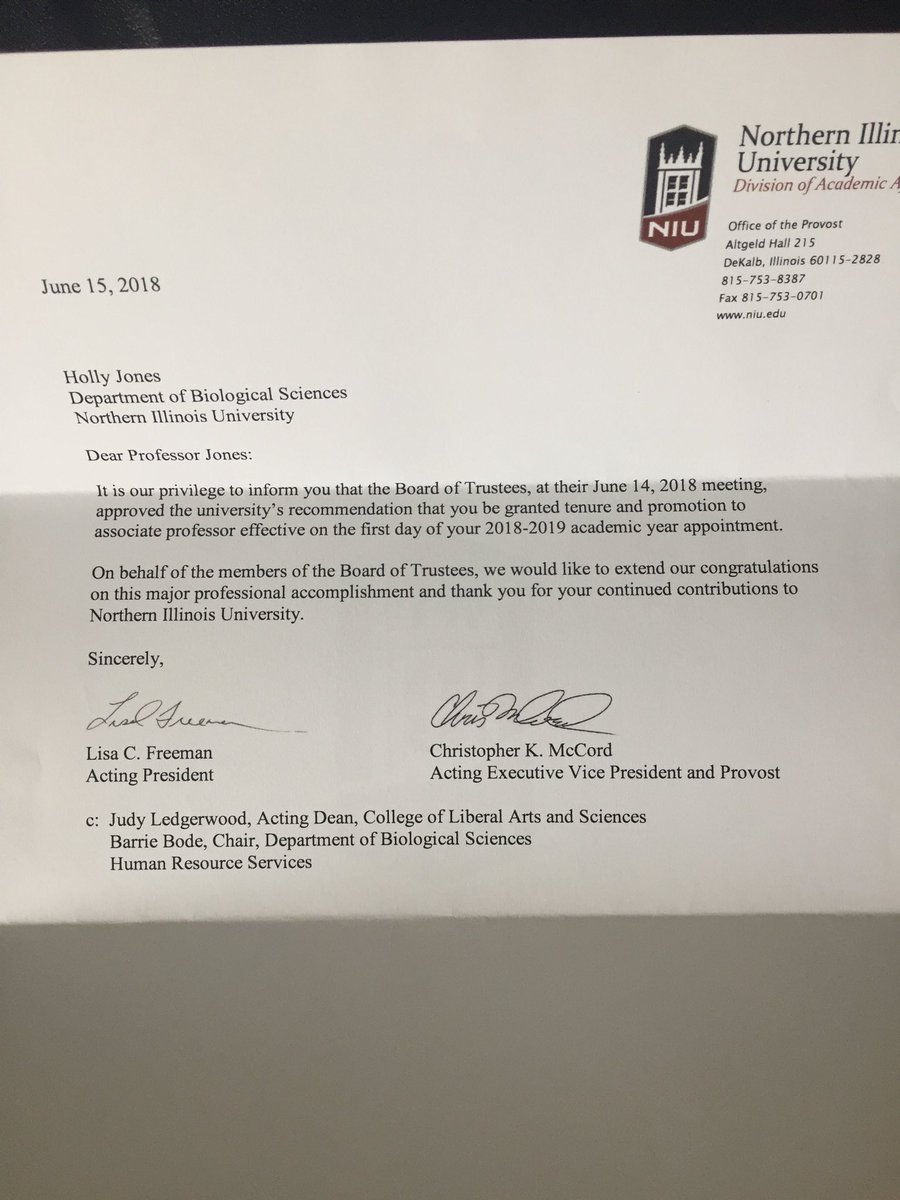Principles of the South African Truth and Reconciliation process:
1. Bring together oppressor and oppressed
2. Speak the truth to each other
3. Confession
4. Forgiveness
5. Reconciliation
1. Is the principle meaningful to those to whom it is meant to provide guidance?
2. Is the principle adhered to?
3. If adhered to, does it lead toward desired results?
Guiding
Useful
Inspiring
Developmental
Evaluable
1. Identify principles in draft form.
2. Collaboratively identify fourteen youth
3. Interview youth, review their case file, interview a nominated staff person.
5. Review stories with youth.
6. Analyze stories, looking for principles and emergent themes.
Ownership: countries set own goals and strategies
Alignment: donor align behind these
Harmonization: donor countries avoid duplication
Results: dev. countries and donors shift to outcomes
Mutual accountability: donors and counties accountable for results
These can be serve as the basis for any Principles-focused Developmental Evaluations of tech-enabled international development initiatives.






